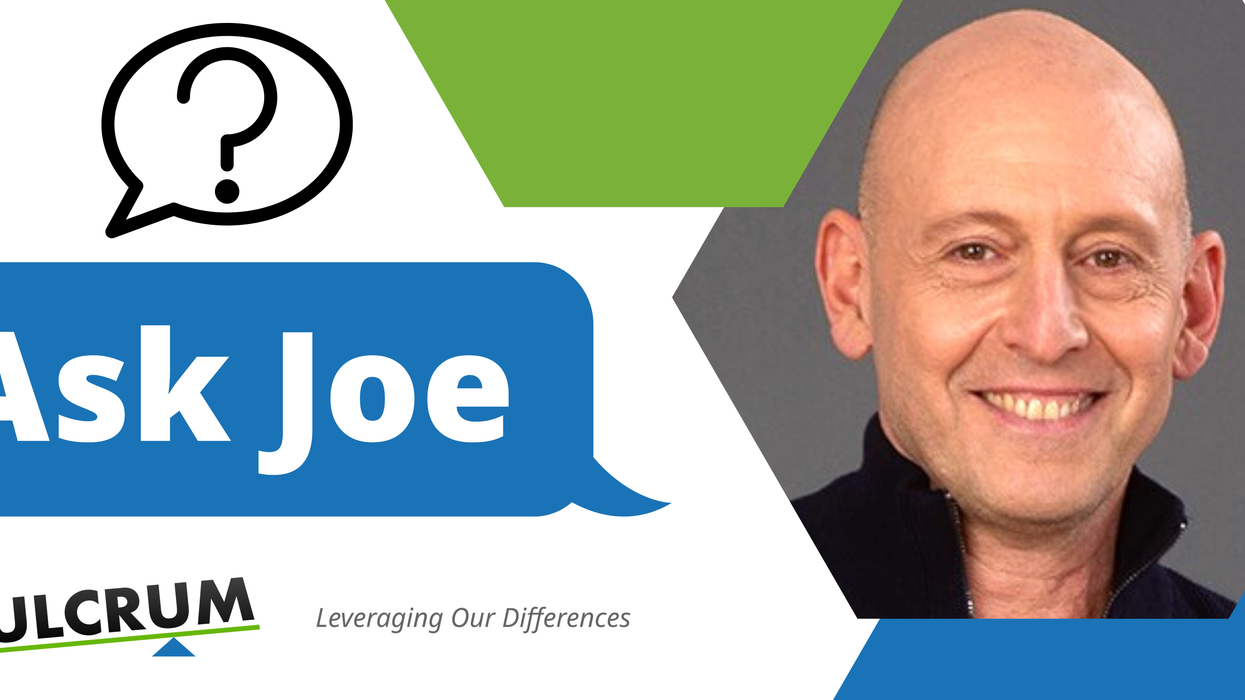Hi Joe,
I can’t keep watching news reports of children being murdered with guns. I can’t believe that people are fighting ways to monitor gun use. I don‘t have any more patience. I am done with talking to people who talk about their rights when people are dying. Is there really any way to reach them?
Heartbroken
Hello, Heartbroken.
I can feel your pain and frustration. I’m right there with you. It doesn’t make sense when most of the citizens of this country want to see some kind of reform and it never happens. It seems that we are continually being asked to be patient, and yet we don’t seem to see any movement. We are stuck. You ask how you can reach “them.” As I usually say, the most effective way to get unstuck is to trace the problem to its root causes and then address those causes.
Here’s one statistic I’ve recently seen that stands out to me: U.S. citizens make up 4 percent of the world population and possess 40 percent of firearms. And the United States leads the world in casualties amongst civilians caused by guns. So, while there are other kinds of violence around the world, this seems like a very American problem. What is it about American culture that leads people to need to gather firearms? My observation is that, generally speaking, Americans feel inherently unsafe and that, for many, the only way they know how to feel some kind of safety is to buy and possess firearms.
Therefore, until we address this issue – the deep fear and insecurity many are feeling – we won’t see much, or very little, movement.
Throughout my career working in conflict prevention and my Fierce Civility method, I use a concept that gets to the foundation of my work: W hen one steps into their vulnerability, then their true power is revealed. This has far-reaching implications. Instead of measuring our sense of power by how aggressive we are or how we bully others, we step into our fierceness when we face our challenges with vulnerability, not submission — thereby revealing our authentic power.
However, when we judge all attempts to open our hearts and seek out common ground as weak and a sign of submission, we, by default, resort to external representations of power. From this perspective, I would say that the more you bully and use lack of civility as a way to get what you want, or the more guns you need to accumulate, the less powerful you inherently believe you are. They need the guns to feel powerful. Therefore, every attempt to regulate or curb gun use becomes a direct threat to someone’s capacity to feel safe, and they will resist in ways that seem unreasonable to most.
So, what is needed is a way to advocate for gun reform, and, at the same time, support those who feel threatened to still feel safe enough to stay open to dialogue. It takes courage and fortitude to step into this level of fierceness born from empowered vulnerability and a passion to awaken the highest values in each one of us. We celebrate the fierceness of those who express their beliefs with resilience, grace, creativity, innovation and a commitment to nurturance for everyone involved. We are fierce when we stand our ground, “armed” with the ability to respect others while confronting them, nurturing and protecting each other, and our highest values, in an uncompromising way.
There is so much uncertainty and anxiety at this moment. Perhaps our best strategy at this time is to alleviate some of this lack of safety and trust we all feel on some level so we can get back to our best selves, and, with common sense, find our way to more buy in for some very critical problems. This probably doesn’t make the frustration go away, Heartbroken, but it may activate a bit more compassion for you and for those who are rigidly holding onto their beliefs.
Thank you for your passion,
Joe
Joe is an advice columnist, conflict resolution specialist, trainer, coach, advocate for lasting peace, and founder of the Fierce Civility Project. Ask Joe is dedicated to exploring the best ways to transform tensions and bridge divides. Our resident advice columnist and conflict resolution specialist, Joe Weston, is here to answer your questions in order to resolve tension, polarization, or conflict.
Learn more about Joe Weston and his work here. Make sure to c heck out Joe’s bestselling book Fierce Civility: Transforming our Global Culture from Polarization to Lasting Peace, published March 2023.
To Ask Joe, please submit questions to: AskJoe@Fulcrum.us.























